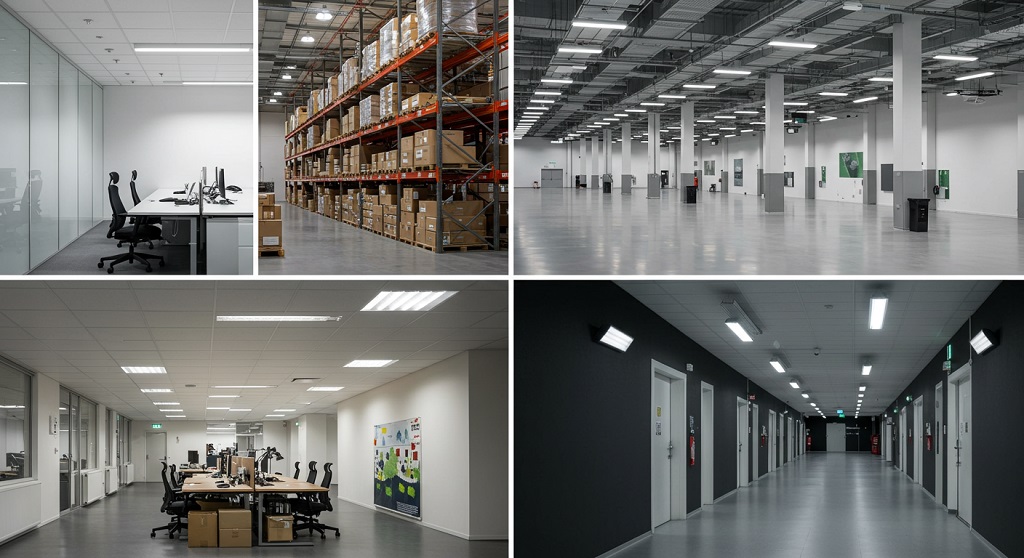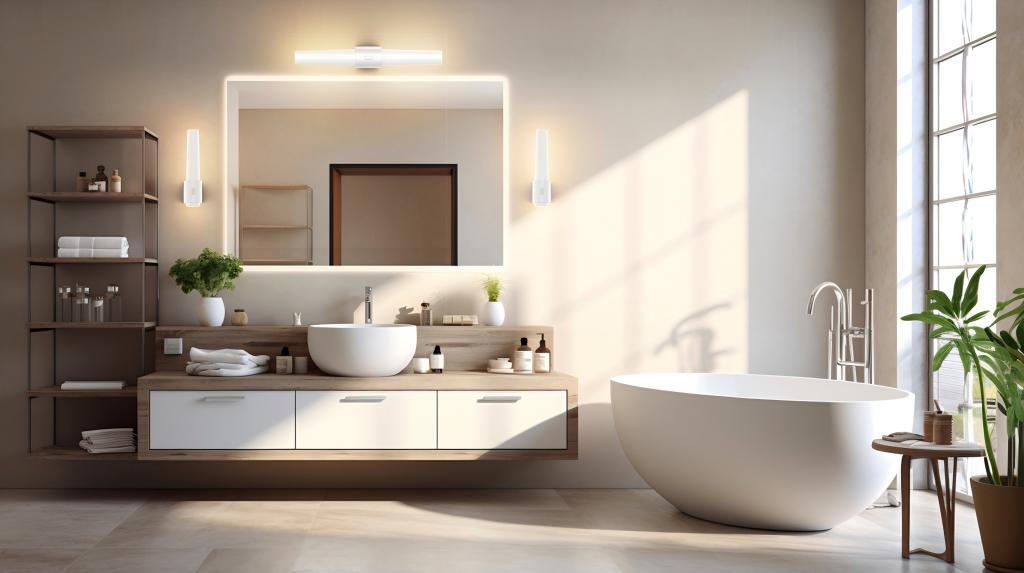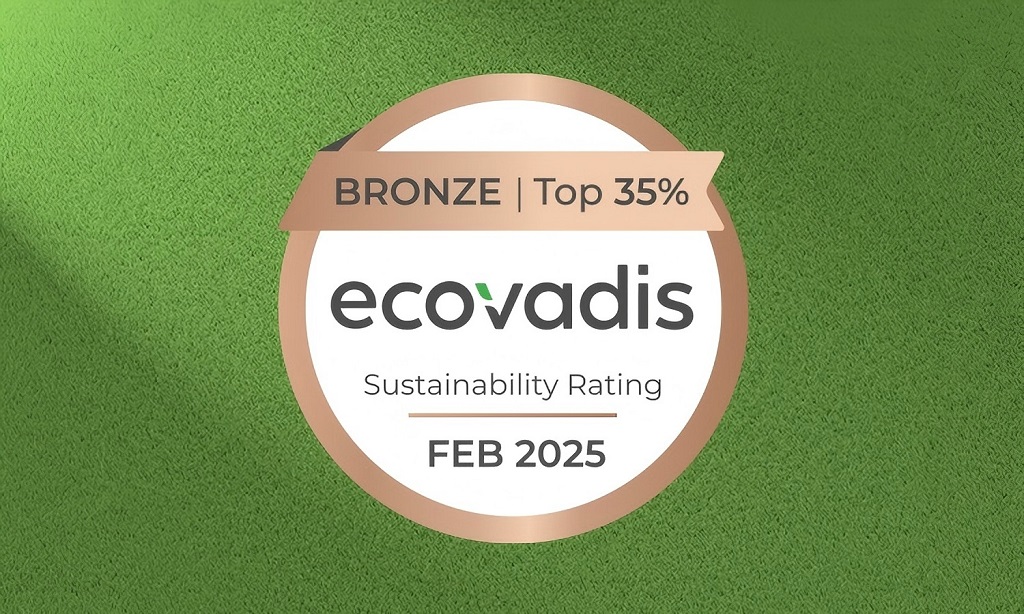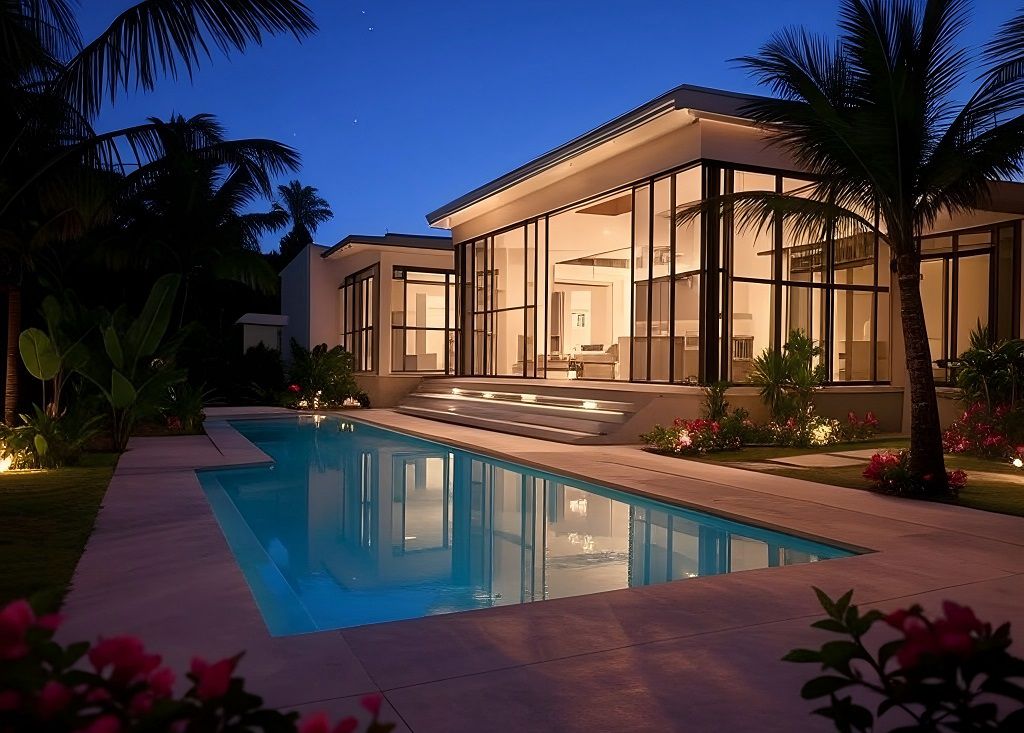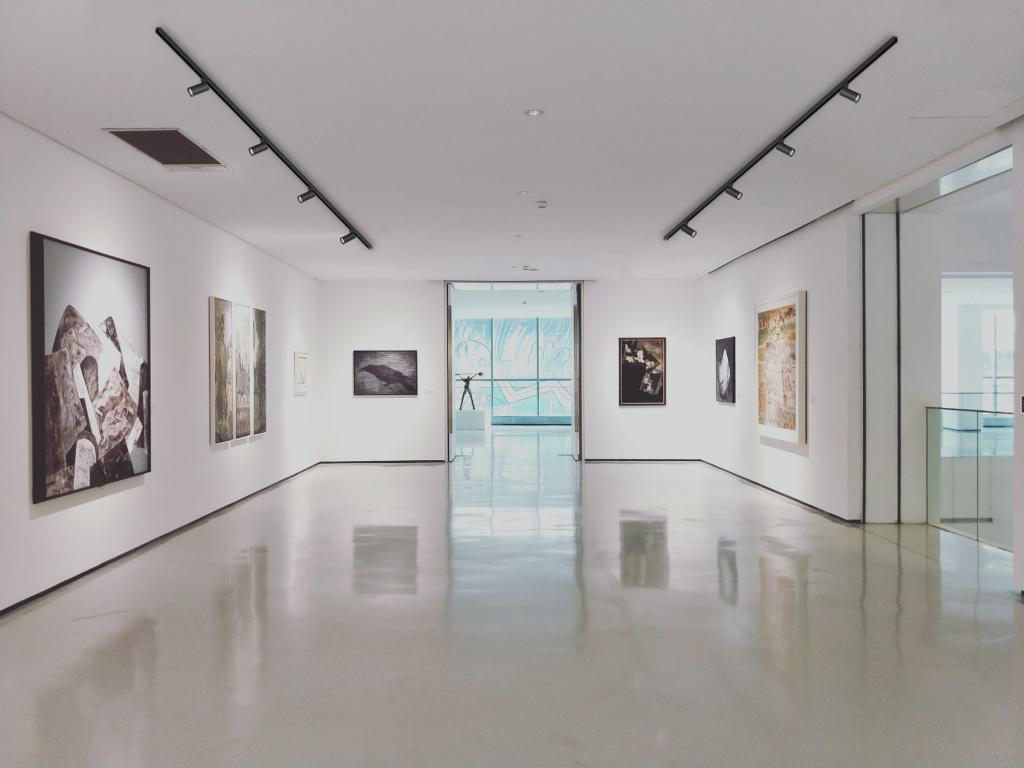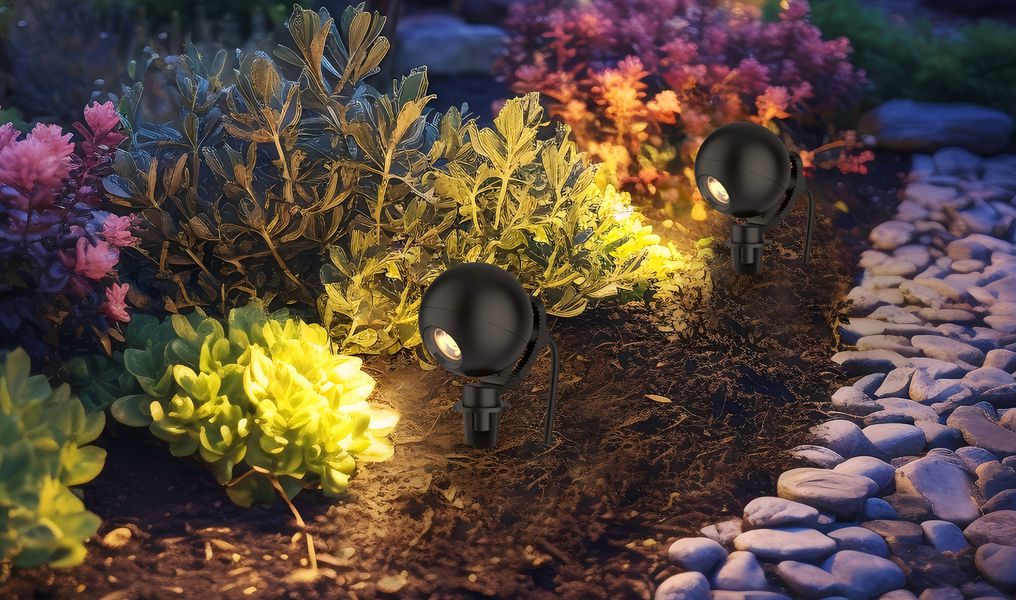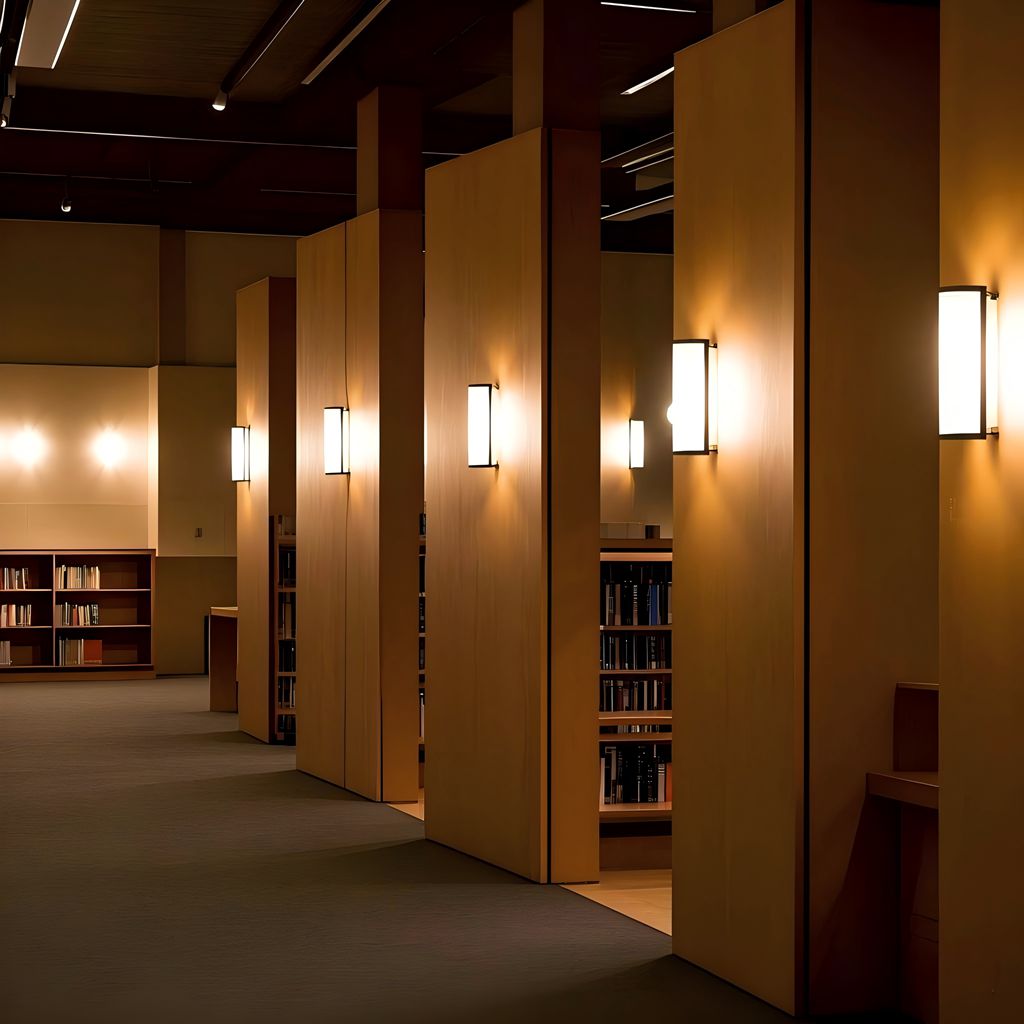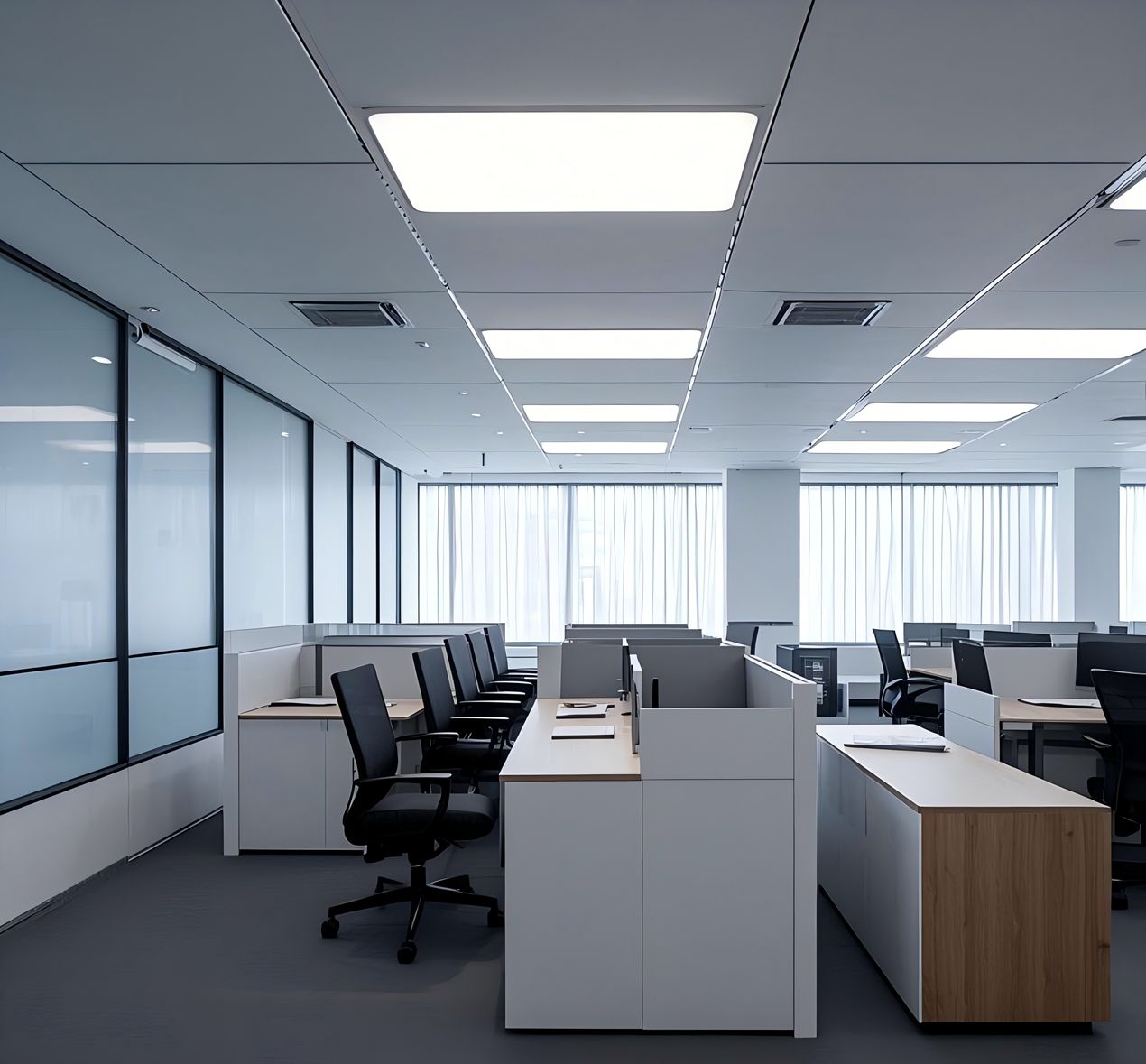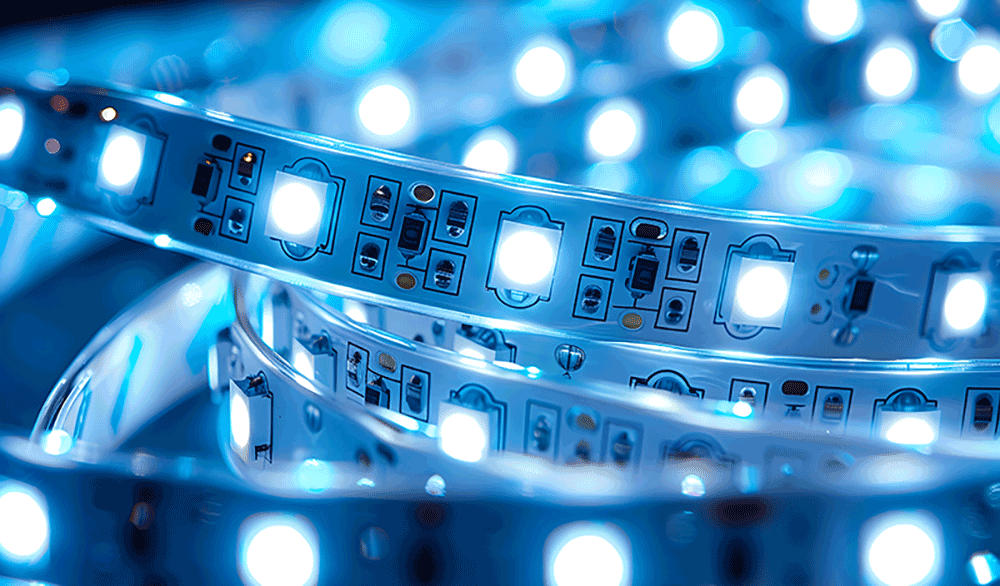
It has become more competitive for many enterprises in the LED industry. Looking at the past 10 years, the LED industry going through 10 years developed, and the technique, quality, and features are getting mature, most manufacturers can produce nearly the same quality at the same price. In addition, with the multi-developing of the LED industry, IoT, smart lighting, and control systems are keeping pace with the LED industry. However, most clients are not satisfied with buying the standard products, they are chasing new fashion to print their company logo and stay competitive.
Finding the right supplier
So how to find your best supplier and build your distinctive product? Follow the standard rules and find the one.
- Quality and Reliability
- Financial Stability and Performance
- Communication and Collaboration
- Expertise and Knowledge
- Ethical and Sustainable Practices
How does UPSHINE stand out from those suppliers?
Apart from the above 5 features, UPSHINE has a strong R&D team, we are investing in R&D annually, and continuously seek improvements and solutions, what's more, UPSHINE prioritizes customer satisfaction, and builds a strong and enduring partnership.
OPEN NEW MOLD: Better communication with the supplier
If you have a plan to open a new mold, there are six ways details should be better communicated to your suppliers.
Product outlook design
The appearance and structure of a new one is the first image to set out the following details, such as structural proportion, surface color matching, and the installation way. Sending the first image idea to your supplier, telling them, and confirming what graphic design of the product is inside your mind.
Optics
From the perspective of optics, we can get down to optics material and the result of optics. Both are likely direct to your new product cost and quality.
Optic material
The produced material may refer to a lens, diffuser, prismatic, or reflective cup. Better material for those device fittings can lead to optic results.
- Lens: Two common options are polycarbonate (PC) and polymethyl methacrylate (PMMA)
- Prismatic: This section mostly made with glass or polycarbonate
- Diffuser: LED diffusers are commonly made of PMMA-Poly, which can withstand high temperatures.
- Reflective cup: LED reflective cups can be made from aluminum alloy, carbon fiber, and plastic. Among them, aluminum alloy is the best quality durable, and long service life.
Optic result
Each component part quality is related to the final effect of lighting, such as emitting light beam angle, uniformity, CRI, and light source quality.
- Emitting light beam angle: Light emitting angle, also known as beam angle or beam spread, is the angle at which light from a source spreads out. It's usually measured in degrees and represents the cone of light that extends from the light source. Beam angle affects how widely or narrowly light is dispersed, which in turn affects the intensity and coverage of illumination in a given area.
- Uniformity: Lighting uniformity is important for visual comfort and performance, and can affect our perception of the world around us.
- CRI: Different lighting scenes have different requirements for the Ra index, and R1-R15 refers to 15 standard colors that show color in daylight, so the setting of the CRI process should be careful.
- Lighting source: A good lighting source means high lighting efficiency, excellent CRI, suitable CCT, and no glare dimming Lighting. Which can be classified into 6 types, they are lighting color, lighting intensity, tube type, diameter size, light intensity, and applications.
Confirm the optic result to your supplier after sending the graphic design photo, negotiate with them about the detailed data your company wants, and take an acceptable attitude to the best supplier that can they provide reasonably.
Packing
After negotiating the finished problem details, the next step is to focus on the packing details. According to your sale way and client types draw a graphic content of packing photo of the new product. Besides, surface printing, packing number, and whether to punch also need to be confirmed step by step with your supplier.
Material
Because each place has different social responsibilities, they have different requirements for an eco-friendly society, so the material made of each light component should be considered the local policy. Especially the safety certification and EMC, as well as other testing requirements.
What other details need to be paid attention to?
Most products require cleaning and maintenance, so it is better to talk with your lighting suppliers about the terms and details of maintenance before goods are sold on the market.
Arrange in advance, follow the above steps in detail, timely communication problems, avoid major issues, and make the new product land on the market smoothly.
Again, it's crucial to prioritize safety and consult with experts before attempting to open an LED mold. If you're unsure about any aspect of the process, it's best to seek UPSHINE professional assistance.
Would you like to provide more details about the LED mold, such as its size, material, or recent usage? This information FROM UPSHINE could help provide more specific advice.

